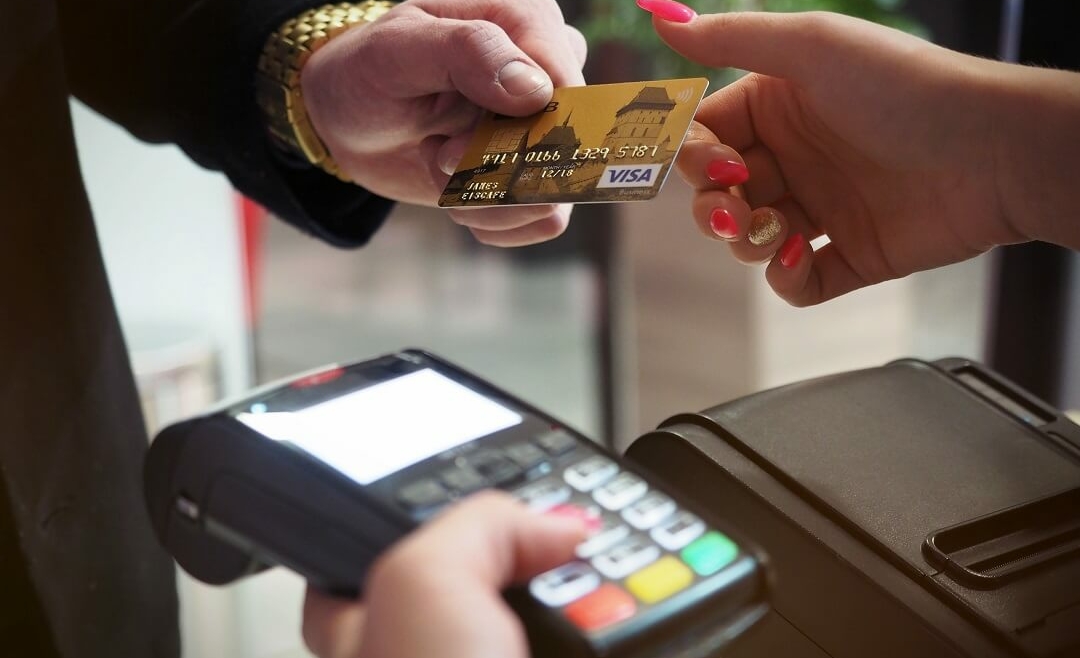Got credit card debt?
Many people stuck in a debt trap don’t think they’ll ever be able to get out of it. Repaying off their credit cards feels like such an overwhelming task. Many other people are left scratching their heads in frustration, confused as to why paying the minimum payment doesn’t ever seem to bring the balance down at all.
Credit cards are an easy, painless (at the time) way to pay for things
A simple, quick swipe or tap, and boom. Done, paid for, it’s yours. But credit cards can be expensive. Credit cards are actually high-interest loans. It is essential you use them to your advantage and not to the bank’s; make sure they don’t profit from you racking up interest-bearing debt.
High-interest rates don’t apply if you pay off your card in full each month. If you don’t pay it off, however, you will still be paying interest on a pair of shoes or a meal out in 10 years. The longer that debt goes unpaid, the more it can drag you down.
Fast or slow debt repayments?
If you’ve got credit card debt, you may wonder whether it’s a good idea to pay off your balance all at once because you may have read somewhere that carrying a balance is good for your credit score. Following that logic, you may think it would be better to pay off your debt slowly.
Paying off your credit debt slowly is not the way to go
Paying off credit card debt as quickly as possible will save you money in interest and help keep your credit rating in good shape.
Carrying a balance can cost loads in interest. Also, payment history is the most heavily weighted credit score factor, so regular credit card payments on time are essential.
If you only pay the minimum amount each month, you’ll pay interest on the remaining balance. And as most credit card companies charge compounding interest, credit card debt can snowball fast and literally take years to pay off.
Let’s look at some maths
If you owe $3,000 on a credit card that has an interest rate of 18% and you only pay your monthly minimum payments of 3%, it will take you nearly 14 years to pay off the debt, including almost $2,700 in interest which nearly doubles the amount you borrowed originally.
Strategies to help you pay off credit card debt
Here’s how to keep those cards under control, with a few tips for managing your card.
Debt consolidation
It may make good sense to look into debt consolidation. This is a loan with a lower interest rate than your credit cards. The aim is to combine multiple balances into one loan with one fixed monthly payment so you can pay off the debt faster and make it simpler for you to manage your debt.
However, be careful. For a debt consolidation loan to be effective, the interest rates must be lower than on your credit cards and be over a relatively short term or you could end up paying more to get rid of your debt.
Balance transfer card
Another way to consolidate debt is by getting a balance transfer card. These are special offers to transfer a balance from a current card to a new one with a different lender, but at a much lower interest rate for a set period. During this period, which can be as long as 21 months, you pay no interest on the balance you’ve transferred. You may be able to reduce your 20 per cent + p.a. interest rate to around 0 per cent to 2 per cent a year which will help you lower the amount you owe because you’ll pay less in interest. The money that you save will be spent on your debt, not on repaying interest costs.
However, be careful! You need to pay off the entire amount you’ve transferred balance by the end of that introductory period because, after that, the interest rates could be eye-watering.
Still don’t think you can pay off your debt
You can! How fast you can do it depends on how much you owe, how organised you are and how much you’re prepared to sacrifice. Sadly though, there is no fast lane to debt repayment
Let’s do some more maths
To pay off a credit card debt of $5,000 over a year, you’ll need to save $417 per month, assuming there is no interest being charged on the balance.
That might seem like a heap of money, but if you break it down per day, it’s easier: you need to save $14 a day. That is arguably doable and equates to NOT having a $10 or $15 bought lunch or a bottle of wine, or two takeaway coffees, or one beer at a fancy bar, or buying bottled water daily or a feed for one at McDonald’s.
You can’t change how much you need to spend on your rent or your mortgage, car costs and other essentials, but you can stop the spending on non-essential treats.
Check your spending
Not knowing how you spend your money is dangerous. Why don’t you go into your bank account or credit card bills and pour over two months of transactions? You may be very (unpleasantly) surprised how your money disappears.
Tips for managing credit card spending and debt
Credit cards should for emergencies only. Buying on credit leads to spending up to 30% more than when using cash. It’s so easy to swipe a credit card and not feel the impact of the money going out. If you do have one, here are some helpful tips for food credit card management.
Find the best interest rate and check the fees and interest-free days
Credit card interest rates can range from 12% to more than 20%. Cards with low-interest rates usually charge higher annual fees. Shop around and check out the fine print!
Most credit cards offer interest-free days, and these can range from 0 to 180 in duration. Interest-free days refer to the time before you have to start paying interest on purchases. The number of interest-free days depends on when you make a purchase. However, these only apply if you pay your balance in full and interest-free days do not apply to cash advances or balance transfers.
Check your credit card limit
Banks will offer huge limits, but your limit should be based on what you can afford and not how much you might like to spend. If you’re tempted, then asking the bank for a lower limit is a very clever move.
Don’t take out cash on your credit card
Banks charge high fees for withdrawing cash on a credit card and high-interest rates from day one.
Leave the card at home
If you struggle with debt and find that you can’t help spending more than you can afford, it’s best to leave the card at home. That way you can take time to weigh up whether a purchase is really necessary.
Try a debit card
Debit cards are just as convenient, but you spend your own money preloaded onto the card instead of borrowing money and being charged fees and interest.
Help managing money is available
If you need some help managing credit card debt, try getting in touch with FinCap New Zealand and Sorted.org.nz. Both are free services to get your finances on track and there are no downsides or catches.



